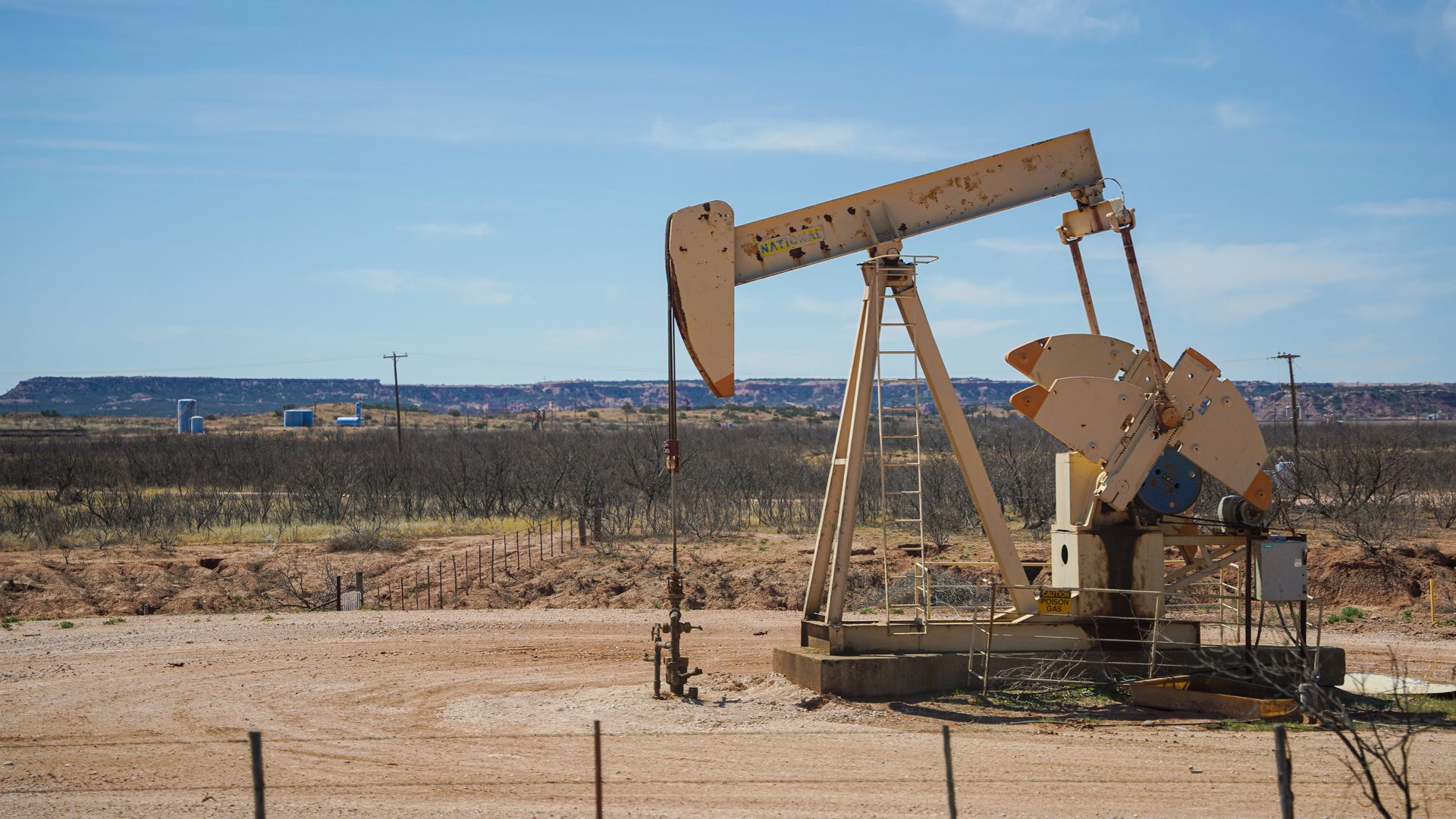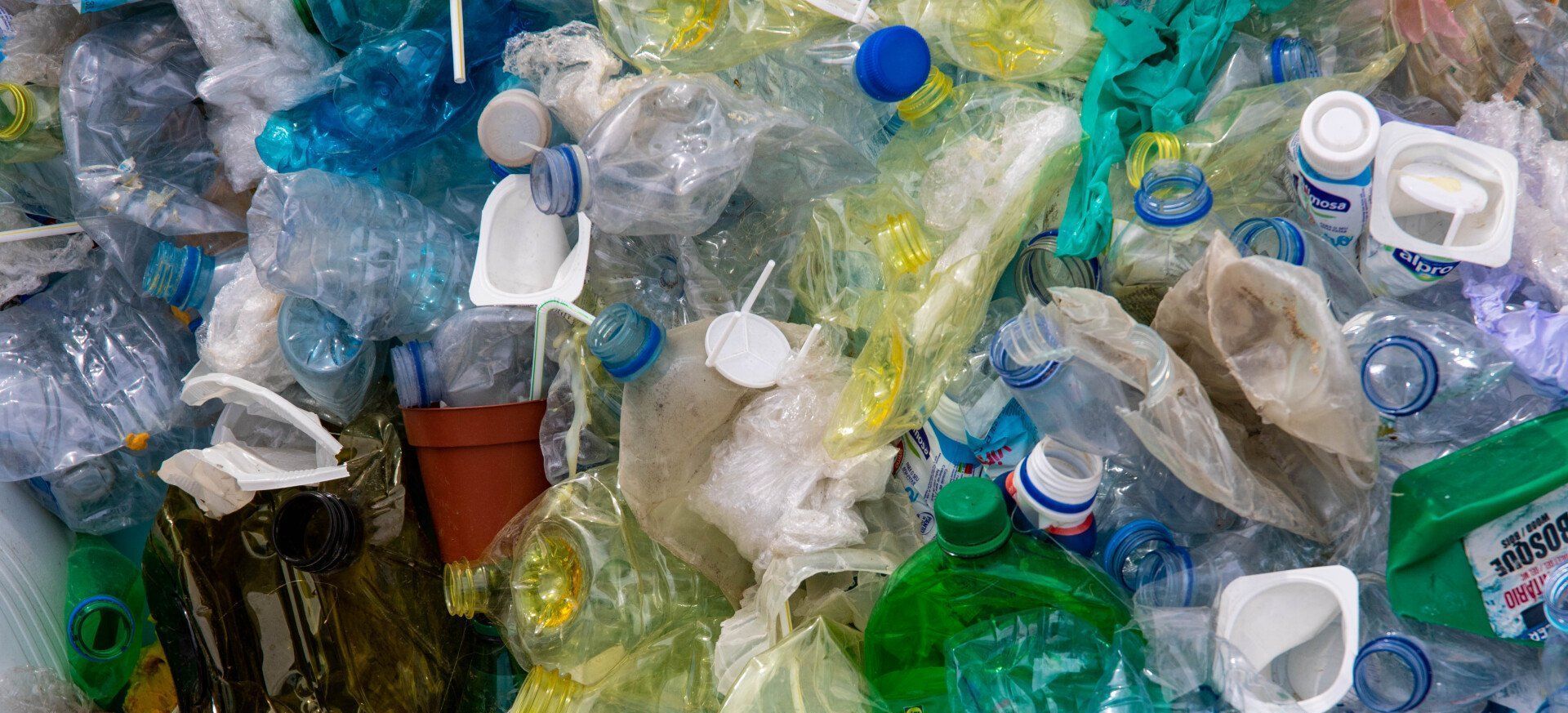EcoPerspectives Blog
In the Midst of Climate Disaster, We Continue to Cater to Big Oil
By Katlyn Schafer, Staff Editor for the Vermont Journal of Environmental Law
May 2, 2023

In one of the world’s most remote areas lies a vast, 23-million-acre petroleum reserve. The National Petroleum Reserve in Alaska (NPR-A) makes up the majority of Alaska’s North Slope. Owned and managed by the Bureau of Land Management, this massive petroleum reserve remains largely untouched-but not for long. ConocoPhillips, Alaska’s largest crude oil producer, was just approved to begin construction of an extensive project in the heart of this reserve. The approved “Willow Project” is an $8 billion dollar expenditure that will be the largest oil project the country has seen in decades.
ConocoPhillips is quick to highlight all of the positive impacts the Willow Project will create. Boasting 2,500 construction jobs, 300 permanent jobs, and at least $8 billion in projected revenue, the company frames this project as a “saving grace” to the small communities in the proposed construction area. But the company has not been as forthcoming about the environmental harms expected to follow. The environmental review for the project estimated a release of about 9.2 million metric tons of carbon dioxide annually. The expected emissions output is significant and roughly equivalent to putting 2 million extra cars on U.S. roads.
As with any major project, there are pros and cons. Those against the project argue “people over profit,” while supporters assert that the profit ultimately benefits the people. But is creating only 300 permanent jobs worth the global climate catastrophes that will follow from this project’s expected emissions? Why then, did President Biden, who ran his campaign on a promise to end oil and gas leasing on federal lands, approve such a controversial project? Political controversies and fear of litigation may have played a role.
High gas prices continue to place a heavy financial burden on our economy. Between the Covid-19 pandemic, and the Russian invasion of Ukraine, oil prices have increased significantly in the last two years. In an attempt to help stabilize supply and demand, President Biden released oil barrels from the U.S. Strategic Reserve, a move that some might say is only “kicking the can down the road,” as the current outlook for oil supply is still grim. Economically, this reasoning makes a strong case in support of the project. The more oil we can produce on our own, the less we need to rely on our unreliable global imports. But at such a critical point in our struggle to mitigate climate change, is more fossil fuel extraction really what we need?
Politics aside, the Biden Administration may have felt forced to approve this project. Anonymous government sources told CNN that the Administration felt as though “their hands were tied.” ConocoPhillips first purchased the lease for the area back in 1999, giving the company a long established and valid lease of the area and its resources. Rejection of the company’s project proposal would have inevitably led to aggressive litigation against the Biden Administration. But the devastating environmental consequences that will come from the millions of tons of emissions expected from the project seem far more threatening than the fear of a possible legal challenge.
The climate around the North Slope has been warming at a rate three times faster than the global average, making it one of the fastest warming areas on the planet. Melting permafrost is already shifting houses, destroying roads, and causing mudslides. Many are being forced to relocate out of areas that their families have lived in for generations, making them among the first climate refugees in the U.S. But it isn’t just the people that are impacted by these rising temperatures. The North Slope provides critical habitat to many species, including caribou, waterfowl, and even polar bears. A number of these species are already threatened or endangered under the Endangered Species Act, and they all face the threat of a warming climate.
Domestic energy production will be benefitted by the Willow Project. But this approval goes directly against the pledge Biden made under the Paris Agreement to cut U.S. emissions 50% below 2005 levels by 2030. The pledge was already an ambitious and unlikely goal, but constructing the Willow Project now makes it near impossible. Many fear that the project will encourage an increase in drilling sites across the National Petroleum Reserve in Alaska, leading to more oil extraction, and ultimately greater greenhouse gas emissions.
Not all hope is lost, however. Environmental organizations are already mobilizing against the project, seeking to get an injunction from the courts to stop construction before it can even begin. Earthjustice, in particular, is working on a legal strategy that could not only stop the Willow Project, but any future oil and gas projects as well. Anyone who wishes to help aid in the efforts to stop the progression of the Willow Project can go to the Earthjustice website and either donate to their litigation fund or sign their petition and send a message to the Biden Administration that the approval of this project was a mistake.















